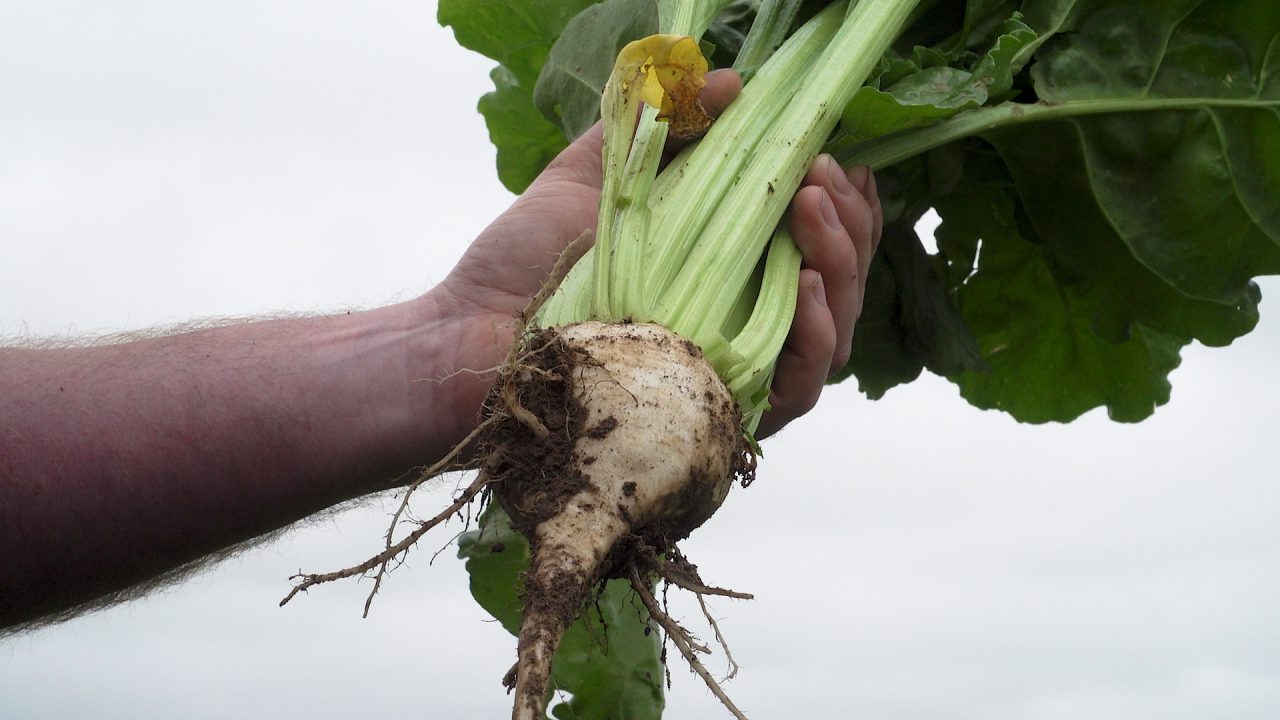Beet crops across the country should now have herbicide applications complete and as the season goes on nutrition and disease comes into focus.
In this installment of CROPS WATCH, John Mulhare is happy with how this crop of beet is looking, but is focused on keeping it that way.
Weed control was successful, following a careful programme throughout the dry weather. Residual activity will have been reduced by the dry soil conditions however, so a degree of late weed germination is to be expected.
He intends to apply Uplift, Grow Plan B+ and Peloton between July 10 and 15. At this time he will also apply a fungicide, Escolta.
Grow Plan B+ at 3L/ha should fulfill the crop’s boron requirements, while Peloton adds phosphorus, potassium, magnesium and zinc to the mix.
Uplift will maximise the efficiency of nitrogen use and hence growth.
- Uplift – 5L/ha;
- Grow Plan B+ – 3L/ha;
- Peloton – 5L/ha;
- Escolta – 0.35L/ha.
He will return with a second application of Escolta three to four weeks after the first application.
Many people only think of disease prevention in beet leaves as being important for ease of harvest, but primarily it is done to enhance yield. Applying two applications of Escolta has been consistently shown to deliver greater financial benefit than a single application.
In the video John talks about trial data which shows that one application of Escolta at 0.35L/ha can increase yield by 6.7t/ha, while a second application can add a further 4.8t/ha to the final yield of the crop.
“Foliar nutrition and two fungicides is what I will finish the beet off with to push for maximum yield,” he commented.
